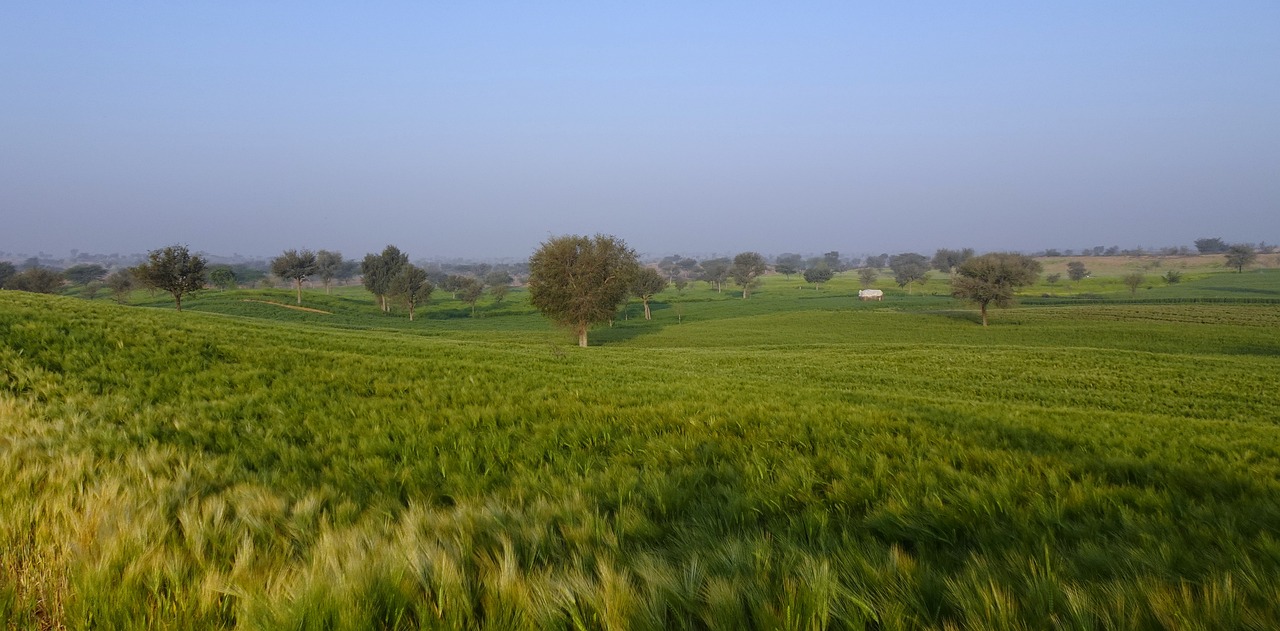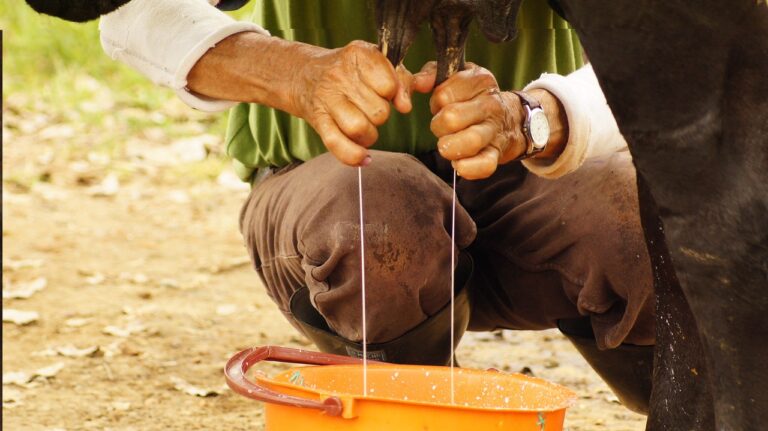The Impact of Election Campaigning on Public Opinion
Election campaigns have evolved significantly over the centuries. In earlier times, campaigns were often limited to speeches and rallies organized by candidates in public squares. Campaigning was more localized, with candidates relying on word of mouth and printed materials to reach voters. As communication technologies advanced, campaign strategies began to incorporate radio and television advertisements, allowing candidates to reach a wider audience.
Another notable trend in election campaigning is the increasing use of political parties to mobilize support for candidates. In the past, candidates often ran as independents or as members of loose coalitions. However, the rise of political parties brought a more structured approach to election campaigns, with parties playing a crucial role in organizing campaigns, fundraising, and mobilizing voters. This shift towards party-centric campaigning has had a profound impact on the way elections are conducted and how candidates are presented to the public.
Role of Media in Shaping Public Opinion
In today’s digital age, the media plays a pivotal role in shaping public opinion during election campaigns. With the 24/7 news cycle and the prevalence of social media platforms, information spreads rapidly and influences voters’ perceptions and decisions. The way news is framed, the topics that receive coverage, and the bias of certain media outlets all contribute to shaping public opinion in subtle yet significant ways.
Media coverage can sway public sentiment by highlighting certain aspects of a candidate or issue while downplaying others. The power of visuals, headlines, and soundbites cannot be underestimated in how they mold public perception. Moreover, the media’s ability to set the agenda by determining which topics are discussed and debated can heavily influence what voters prioritize when making their choices at the ballot box.
• Media coverage can sway public sentiment by highlighting certain aspects of a candidate or issue while downplaying others.
• The power of visuals, headlines, and soundbites cannot be underestimated in how they mold public perception.
• The media’s ability to set the agenda by determining which topics are discussed and debated heavily influences what voters prioritize when making their choices at the ballot box.
In addition to shaping public opinion during election campaigns, the media also plays a crucial role in framing societal issues and influencing attitudes towards various social, political, and economic matters. Through investigative journalism, opinion pieces, and editorials, media outlets have the power to inform, educate, and provoke discussion among citizens. By presenting different perspectives on complex issues such as healthcare reform or climate change, the media can help shape public discourse and encourage critical thinking among its audience.
• Investigative journalism helps inform citizens about important social issues
• Opinion pieces provoke discussion among individuals with differing viewpoints
• Media outlets play a key role in educating the public about complex topics like healthcare reform or climate change
Moreover, the rise of fake news and misinformation has further emphasized the need for responsible reporting by media organizations. Inaccurate information spread through social media platforms can easily manipulate public opinion and lead to misguided beliefs or actions. Therefore,
it is essential for journalists to uphold ethical standards,
fact-check sources thoroughly,
and provide accurate context when reporting on sensitive topics.
• Responsible reporting is essential in combating fake news
• Fact-checking sources thoroughly helps maintain credibility
• Providing accurate context is crucial when covering sensitive topics
Use of Social Media in Election Campaigns
Social media has revolutionized the landscape of election campaigns in recent years. Politicians across the globe have leveraged platforms like Facebook, Twitter, and Instagram to reach a wider audience and connect with voters on a more personal level. The immediacy and interactivity of social media allow candidates to disseminate their messages in real-time and engage with voters in ways that were previously unimaginable.
Moreover, social media has democratized the political process by providing a platform for grassroots movements and newcomers in politics to gain visibility and support. The ability to share content virally has enabled lesser-known candidates to build momentum quickly and challenge established political figures. With the power to bypass traditional media gatekeepers, social media has become an essential tool for candidates at all levels of government to communicate their platforms, mobilize supporters, and shape public opinion.
What are some historical trends in election campaigning?
Historically, election campaigning has evolved from traditional methods such as speeches and rallies to more modern techniques like television advertisements and social media presence.
How does the media play a role in shaping public opinion during election campaigns?
The media plays a significant role in shaping public opinion by providing coverage and analysis of candidates, issues, and events. This coverage can influence voter perceptions and decisions.
How is social media used in election campaigns?
Social media is used in election campaigns to reach a wider audience, engage with voters, and spread campaign messages. Candidates can use platforms like Facebook, Twitter, and Instagram to connect directly with voters and mobilize support.







